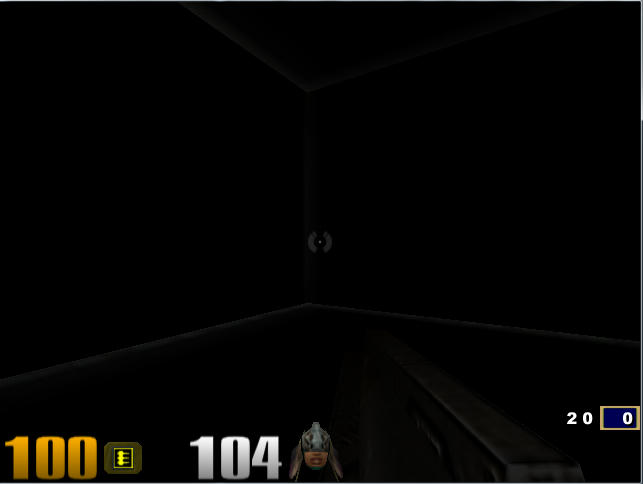 by goldenboy » Sat Mar 24, 2012 6:00 pm
by goldenboy » Sat Mar 24, 2012 6:00 pm
It's not really incorrect, since there usually is no right or wrong here.
I've found it more practical to build two separate boxes, so to speak, in cases like this. It might be smart to leave a good bit of void between them, too.
1. It makes it a bit harder for light to travel through hairline cracks
2. Each room now has its own walls, and changes you make to the wall (such as using the clipper to create details or use multiple textures "per wall") only affect one room instead of both
3. Enough void between rooms helps to restrict ambient sounds to one room or the other
4. Easier to box select one area but not the other
5. Each room can be changed / extended without affecting others (this is another reason why you want some void between them, you might need the space in the future)
There are probably more advantages than listed.
I started e1m2rq, for example, when I was still pretty new to mapping (2007 or early 2008). I often didn't follow this rule because I falsely thought it was somehow more efficient to have the rooms share walls. What can I say, this came back to bite me in the ass later when I was splitting the walls to accomodate more textures, and again when I later wanted to change these rooms.
It's no iron law, just common sense I think.






